Home>Construction & Tools>Building Materials>What Are The Different Types Of Stucco Finishes
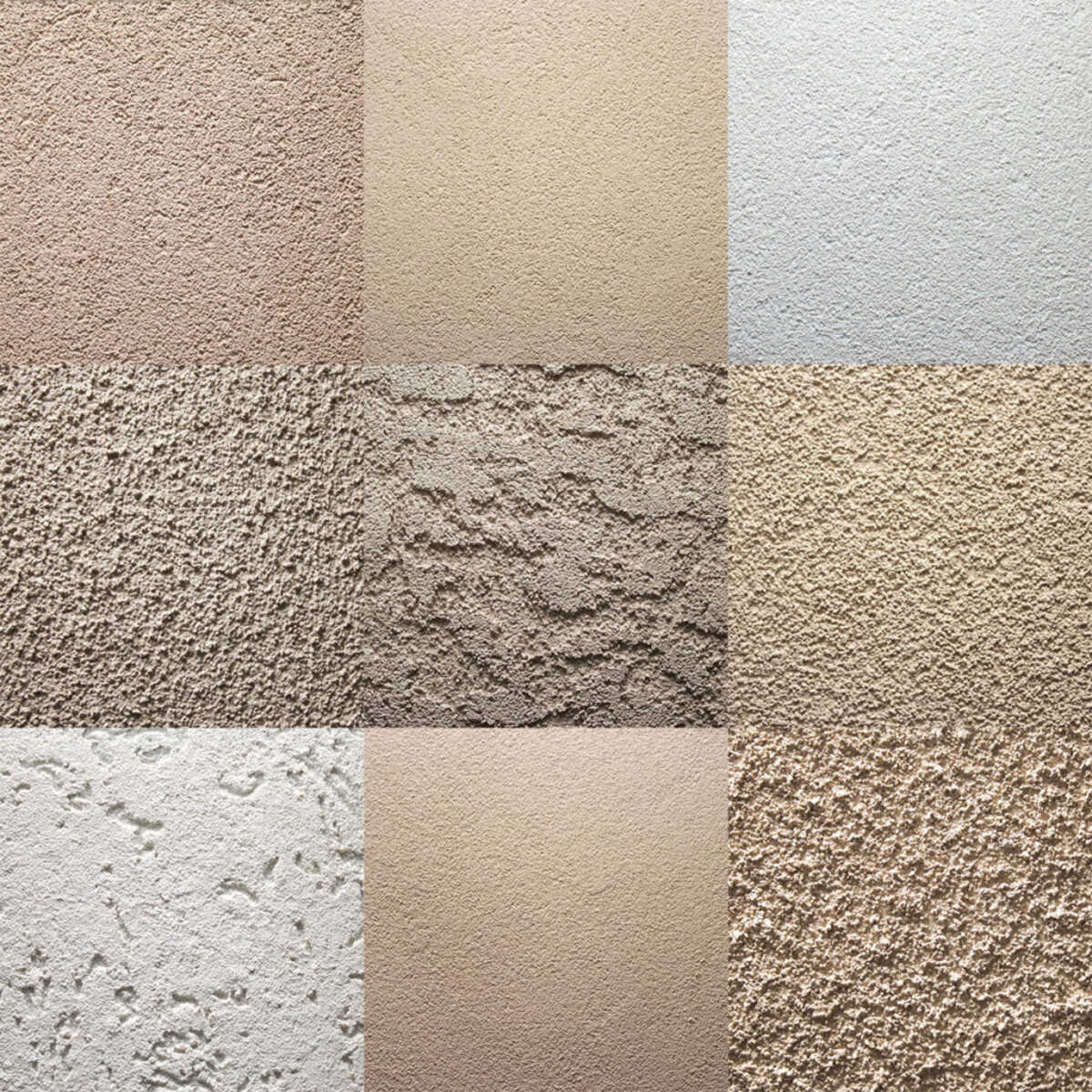

Building Materials
What Are The Different Types Of Stucco Finishes
Published: January 17, 2024
Explore the various types of stucco finishes used in building materials. Learn about the different textures and techniques for stucco application.
(Many of the links in this article redirect to a specific reviewed product. Your purchase of these products through affiliate links helps to generate commission for Storables.com, at no extra cost. Learn more)
Introduction
Welcome to the fascinating world of stucco finishes! Stucco, a versatile and durable building material, has been used for centuries to beautify and protect structures. One of the most appealing aspects of stucco is its ability to be customized with various finishes, adding texture, depth, and visual interest to any surface. In this article, we will delve into the different types of stucco finishes, from traditional to synthetic, exploring their unique characteristics and applications.
Whether you’re a homeowner looking to revitalize your exterior walls or a builder seeking to add aesthetic value to a project, understanding the diverse options for stucco finishes is essential. Each finish offers distinct visual and tactile qualities, allowing you to achieve the desired look and feel for your property.
Join us as we embark on a journey through the world of stucco finishes, discovering the artistry and functionality that make stucco a timeless choice for architectural enhancement.
Key Takeaways:
- Stucco finishes offer a wide range of textures and visual aesthetics, from timeless elegance to modern adaptability, providing both beauty and practical benefits for architectural surfaces.
- Synthetic stucco finishes, like EIFS, provide customizable aesthetics, energy efficiency, and durability, offering a modern solution for sustainable construction and architectural enhancement.
Read more: How To Finish Stucco Texture
Traditional Stucco Finish
The traditional stucco finish, also known as the “Santa Barbara” or “Mission” finish, exudes a classic charm that has adorned buildings for centuries. This finish is achieved by applying multiple coats of stucco, typically consisting of cement, sand, and lime, to create a smooth and uniform surface. The final layer is troweled to perfection, resulting in a seamless and elegant appearance.
One of the defining characteristics of the traditional stucco finish is its versatility. It can be left as is for a simple yet timeless look, or it can serve as a base for other finishes, allowing for further customization. This finish is well-suited for a wide range of architectural styles, from Mediterranean and Spanish Colonial to modern and contemporary designs.
Notably, the traditional stucco finish offers exceptional durability, weather resistance, and fire resistance, making it a practical choice for exterior applications. Its ability to withstand the elements while maintaining its aesthetic appeal has contributed to its enduring popularity in the construction industry.
Furthermore, the traditional stucco finish provides an ideal canvas for decorative elements such as architectural details and moldings. Its smooth surface allows for intricate designs to stand out, adding a touch of sophistication to any structure.
Whether adorning the walls of a historic estate or enhancing the facade of a new construction, the traditional stucco finish embodies timeless elegance and reliability, making it a beloved choice for architects, builders, and homeowners alike.
Dash Finish
The dash finish, also referred to as the “sand” or “float” finish, introduces a distinctive texture to stucco surfaces, creating visual interest and depth. This finish is achieved by projecting small particles of sand onto the final coat of stucco while it is still wet, resulting in a rough and granular appearance.
One of the notable characteristics of the dash finish is its ability to conceal imperfections in the substrate, making it a popular choice for covering irregular surfaces or achieving a rustic aesthetic. The texture created by the sand particles adds a tactile dimension to the stucco, inviting touch and further enhancing its visual appeal.
Furthermore, the dash finish offers enhanced traction and grip, particularly when used on exterior walls. This makes it a practical option for areas where slip resistance is a priority, such as entryways, patios, and pool surrounds. The rough texture of the dash finish provides a tactile reassurance while contributing to the overall safety of the surface.
From a design perspective, the dash finish can evoke a sense of warmth and character, making it a popular choice for architectural styles that embrace a natural, earthy aesthetic. Whether adorning the walls of a countryside cottage or adding texture to a contemporary structure, the dash finish lends a touch of organic charm to any building.
Architects and designers often utilize the dash finish to create visual contrast within a space, using it to complement smoother surfaces or to add textural intrigue to specific architectural elements. This versatility allows for creative expression and the ability to tailor the finish to suit the overall design concept.
With its tactile allure, practical benefits, and design versatility, the dash finish stands as a testament to the artistry and functionality of stucco, offering a wealth of possibilities for enhancing both the aesthetic and performance of architectural surfaces.
Lace Finish
The lace finish, also known as the “skip trowel” or “Spanish lace” finish, is celebrated for its intricate and delicate texture, reminiscent of fine lacework. Achieved through an artful hand-troweling technique, this finish imparts a sense of elegance and sophistication to stucco surfaces, making it a popular choice for both interior and exterior applications.
One of the defining characteristics of the lace finish is its ability to create a sense of movement and visual depth. The subtle undulations and patterns formed during the troweling process result in a surface that captures and reflects light in captivating ways, adding a dynamic quality to the stucco. This interplay of light and shadow contributes to the overall ambience of a space, infusing it with a sense of grace and refinement.
Moreover, the lace finish offers a level of customization not easily achievable with other finishes. Skilled artisans can manipulate the troweling technique to create various patterns and designs, allowing for a high degree of personalization. Whether seeking a soft, organic motif or a more structured and geometric aesthetic, the lace finish provides a versatile canvas for artistic expression.
From a practical standpoint, the lace finish exhibits excellent durability and is relatively low-maintenance, making it suitable for a range of environments. Its ability to withstand the rigors of both interior and exterior settings while retaining its beauty has contributed to its enduring appeal in the realm of architectural finishes.
Architects and designers often leverage the lace finish to introduce a touch of refinement and luxury to spaces, using it to elevate the visual appeal of feature walls, ceilings, and other prominent surfaces. Whether adorning the interior of a grand hotel lobby or gracing the exterior of a stately residence, the lace finish exudes a timeless elegance that transcends architectural styles.
In essence, the lace finish stands as a testament to the artistry and versatility of stucco, offering a means of infusing architectural surfaces with a sense of artful sophistication and enduring beauty.
Sand Finish
The sand finish, a popular choice for both interior and exterior surfaces, offers a subtle yet distinctive texture that adds visual intrigue and warmth to stucco applications. This finish is achieved by incorporating fine grains of sand into the final coat of stucco, resulting in a surface that is smooth to the touch while exhibiting a gentle granular appearance.
One of the notable characteristics of the sand finish is its ability to evoke a sense of understated elegance. The fine texture created by the sand particles imparts a soft, organic quality to the stucco, allowing it to blend seamlessly with a variety of architectural styles and design motifs. Whether adorning the walls of a modern urban residence or a traditional countryside villa, the sand finish lends a touch of timeless charm to any setting.
Furthermore, the sand finish offers practical benefits beyond its aesthetic appeal. Its smooth yet textured surface provides a degree of slip resistance, making it a suitable choice for areas where safety is a priority, such as walkways, entry paths, and pool decks. This combination of visual allure and functional reliability has contributed to the widespread use of the sand finish in both residential and commercial construction.
Architects and designers often leverage the sand finish to introduce subtle variation and depth within a space, using it to create visual contrast against smoother surfaces or to add a tactile element to specific architectural elements. This versatility allows for creative expression and the ability to tailor the finish to suit the overall design concept, enhancing the character and visual appeal of the built environment.
From a maintenance standpoint, the sand finish is relatively easy to care for, requiring minimal upkeep to retain its beauty and integrity over time. Its ability to withstand the effects of weathering and daily wear makes it a practical choice for high-traffic areas, ensuring that the stucco surfaces maintain their allure with minimal intervention.
In essence, the sand finish embodies a harmonious blend of aesthetic charm and functional reliability, offering a versatile means of enhancing architectural surfaces with a touch of timeless elegance and tactile appeal.
When choosing a stucco finish, consider the texture and appearance you want to achieve. Smooth finishes are sleek and modern, while rough finishes provide a more rustic look. Experiment with different finishes to find the one that best suits your home’s style.
Cat Face Finish
The cat face finish, also known as the “cat’s paw” or “mimic granite” finish, is a distinctive stucco texture that mimics the appearance of natural granite, adding a touch of rugged sophistication to architectural surfaces. This finish is achieved through a specialized application technique that creates irregular indentations and protrusions, resembling the weathered and textured surface of granite.
One of the defining characteristics of the cat face finish is its ability to imbue stucco surfaces with a sense of organic ruggedness and visual depth. The irregular patterns and indentations created during the application process evoke the raw, natural beauty of granite, adding a dynamic and tactile quality to the stucco. This textural richness contributes to the overall character and visual intrigue of the finished surface.
From a design perspective, the cat face finish offers a unique opportunity to introduce a touch of natural elegance to architectural elements, making it a popular choice for feature walls, accent details, and exterior facades. Whether adorning the exterior of a contemporary urban structure or adding a rustic touch to a countryside retreat, the cat face finish lends a sense of timeless charm and rugged allure to any setting.
Practically, the cat face finish exhibits excellent durability, making it well-suited for exterior applications where resilience and visual impact are paramount. Its ability to withstand the elements while retaining its distinctive texture has contributed to its widespread use in both residential and commercial construction, adding a touch of character and individuality to architectural surfaces.
Architects and designers often leverage the cat face finish to create visual focal points within a space, using it to add textural contrast against smoother surfaces or to evoke a sense of natural authenticity. This versatility allows for creative expression and the ability to infuse architectural elements with a rugged elegance that transcends traditional stucco finishes.
In essence, the cat face finish stands as a testament to the artistry and versatility of stucco, offering a means of infusing architectural surfaces with a sense of natural ruggedness and enduring visual appeal.
Smooth Finish
The smooth finish, characterized by its sleek and uniform surface, offers a timeless and sophisticated aesthetic that has been favored in architectural design for generations. Achieved through meticulous troweling and finishing techniques, this finish imparts a seamless and polished look to stucco surfaces, creating a sense of refined elegance and modern allure.
One of the defining characteristics of the smooth finish is its ability to exude a sense of understated luxury and architectural precision. The flawless, unblemished surface of the stucco reflects light in a uniform manner, creating a sleek and contemporary appearance that complements a wide range of architectural styles. Whether adorning the walls of a minimalist urban residence or a grand modernist structure, the smooth finish lends a touch of timeless sophistication to any setting.
Furthermore, the smooth finish offers exceptional versatility, serving as a canvas for architectural details and decorative elements. Its pristine surface provides a perfect backdrop for intricate designs and moldings, allowing for the creation of visually striking features that stand out with clarity and precision. This adaptability makes the smooth finish a popular choice for projects that demand a high level of architectural finesse and attention to detail.
From a practical standpoint, the smooth finish is relatively low-maintenance and easy to clean, making it suitable for interior and exterior applications. Its ability to retain its polished appearance with minimal effort has contributed to its enduring popularity in both residential and commercial construction, offering a timeless solution for enhancing architectural surfaces.
Architects and designers often leverage the smooth finish to create a sense of visual harmony and understated luxury within a space, using it to evoke a feeling of refined elegance and modernity. Whether adorning the interior of a contemporary art gallery or gracing the exterior of a sleek corporate headquarters, the smooth finish embodies a sense of architectural precision and enduring appeal.
In essence, the smooth finish stands as a testament to the artistry and sophistication of stucco, offering a means of infusing architectural surfaces with a sense of refined luxury and timeless allure.
Synthetic Stucco Finish
Synthetic stucco, also known as Exterior Insulation and Finish System (EIFS), represents a modern approach to stucco finishes, offering a versatile and energy-efficient alternative to traditional stucco. Consisting of a multi-layered system that includes a foam insulation board and a synthetic stucco coating, EIFS provides a seamless and customizable finish that has gained popularity in contemporary construction.
One of the notable characteristics of synthetic stucco finishes is their adaptability and design flexibility. EIFS allows for the creation of a wide range of textures and architectural details, providing architects and designers with a versatile tool for achieving their aesthetic vision. Whether replicating the look of natural stone, brick, or traditional stucco, synthetic finishes offer a high degree of customization to suit diverse architectural styles and design preferences.
Besides its aesthetic versatility, EIFS exhibits excellent thermal insulation properties, contributing to energy efficiency and environmental sustainability. The foam insulation board integrated into the system enhances the building’s thermal performance, reducing energy consumption and providing a comfortable indoor environment. This energy-efficient attribute has positioned synthetic stucco finishes as a popular choice for sustainable construction and retrofit projects.
Furthermore, synthetic stucco finishes offer exceptional resistance to moisture infiltration, contributing to the longevity and durability of building exteriors. The seamless nature of EIFS, coupled with its ability to repel water, provides a protective barrier against the elements, safeguarding the structural integrity of the building and minimizing the risk of water-related damage.
Architects and builders often leverage synthetic stucco finishes to achieve a modern aesthetic while reaping the practical benefits of energy efficiency and weather resistance. Whether adorning contemporary facades or enhancing the thermal performance of existing structures, EIFS represents a forward-thinking solution for architectural finishes that seamlessly integrates form and function.
In essence, synthetic stucco finishes embody a harmonious blend of design versatility, energy efficiency, and durability, offering a modern approach to enhancing architectural surfaces with a seamless and customizable finish.
Conclusion
Exploring the diverse array of stucco finishes reveals a rich tapestry of textures, visual aesthetics, and practical benefits that contribute to the enduring appeal of stucco as a versatile building material. From the timeless elegance of traditional stucco finishes to the modern adaptability of synthetic stucco, each finish offers a unique blend of artistry, functionality, and design versatility.
Traditional stucco finishes, such as the smooth, dash, lace, sand, and cat face finishes, have stood the test of time, embodying a sense of heritage and craftsmanship that enriches architectural surfaces. These finishes not only add visual interest and texture to buildings but also provide practical advantages, including weather resistance, durability, and low maintenance, making them enduring choices for a wide range of architectural styles and applications.
On the other hand, synthetic stucco finishes, represented by EIFS, present a modern and energy-efficient approach to stucco applications. With their adaptability, thermal insulation properties, and moisture resistance, synthetic finishes offer a contemporary solution for achieving customized aesthetics while addressing the demands of sustainable construction and environmental responsibility.
From the rugged allure of the cat face finish to the refined elegance of the smooth finish, stucco finishes continue to captivate architects, designers, and homeowners, offering a wealth of possibilities for enhancing the visual appeal, functionality, and sustainability of architectural surfaces. Whether seeking to evoke a sense of tradition, create a modern aesthetic, or achieve energy efficiency, stucco finishes stand as a testament to the enduring artistry and practicality of this time-honored building material.
As we celebrate the diversity and ingenuity of stucco finishes, it becomes evident that their impact extends beyond mere aesthetics, enriching the built environment with a harmonious blend of texture, durability, and design flexibility. With their ability to evoke a sense of timeless charm, modern sophistication, and environmental responsibility, stucco finishes continue to shape architectural landscapes, offering a seamless and enduring means of enhancing the beauty and functionality of built structures.
Frequently Asked Questions about What Are The Different Types Of Stucco Finishes
Was this page helpful?
At Storables.com, we guarantee accurate and reliable information. Our content, validated by Expert Board Contributors, is crafted following stringent Editorial Policies. We're committed to providing you with well-researched, expert-backed insights for all your informational needs.
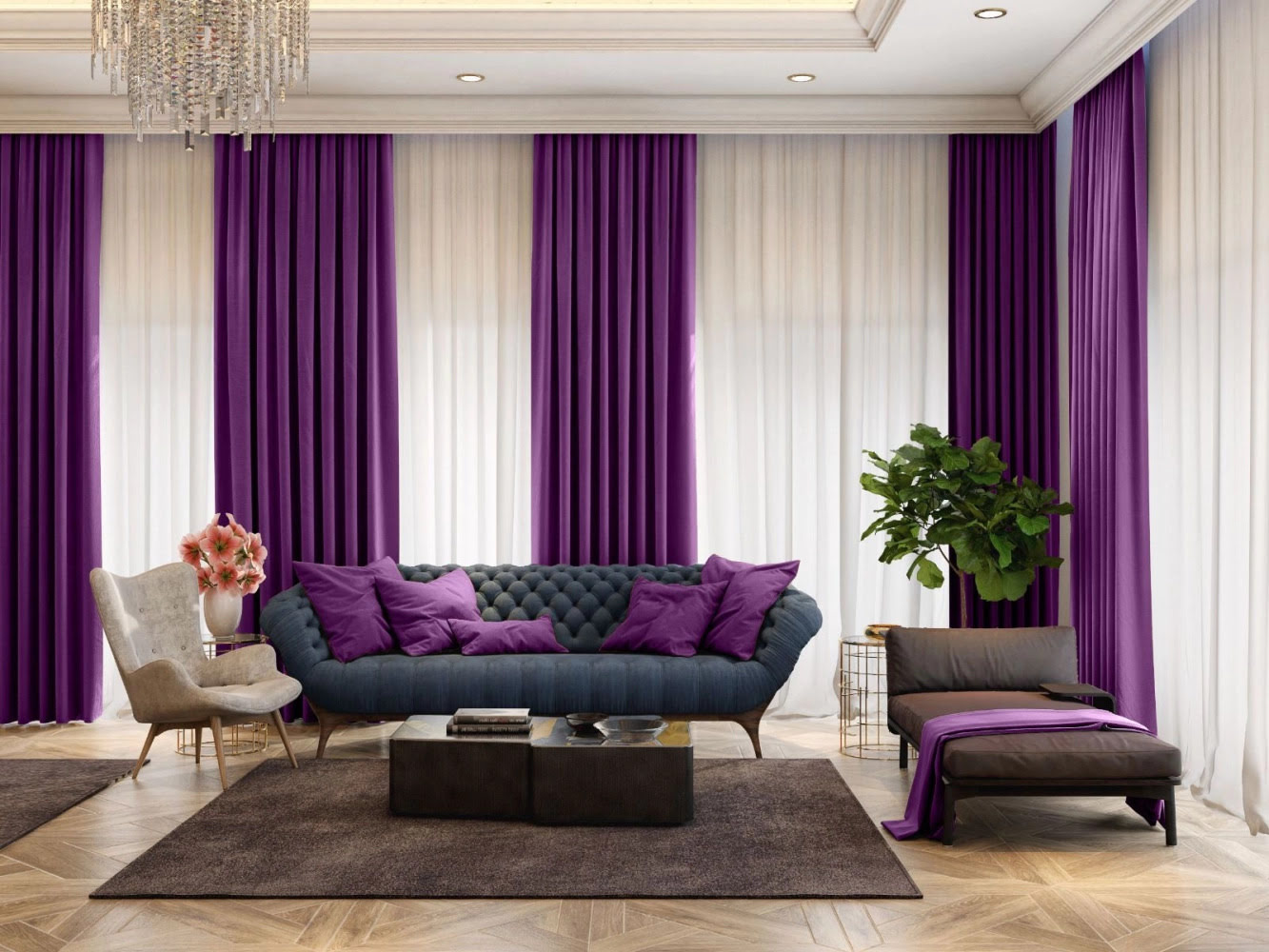
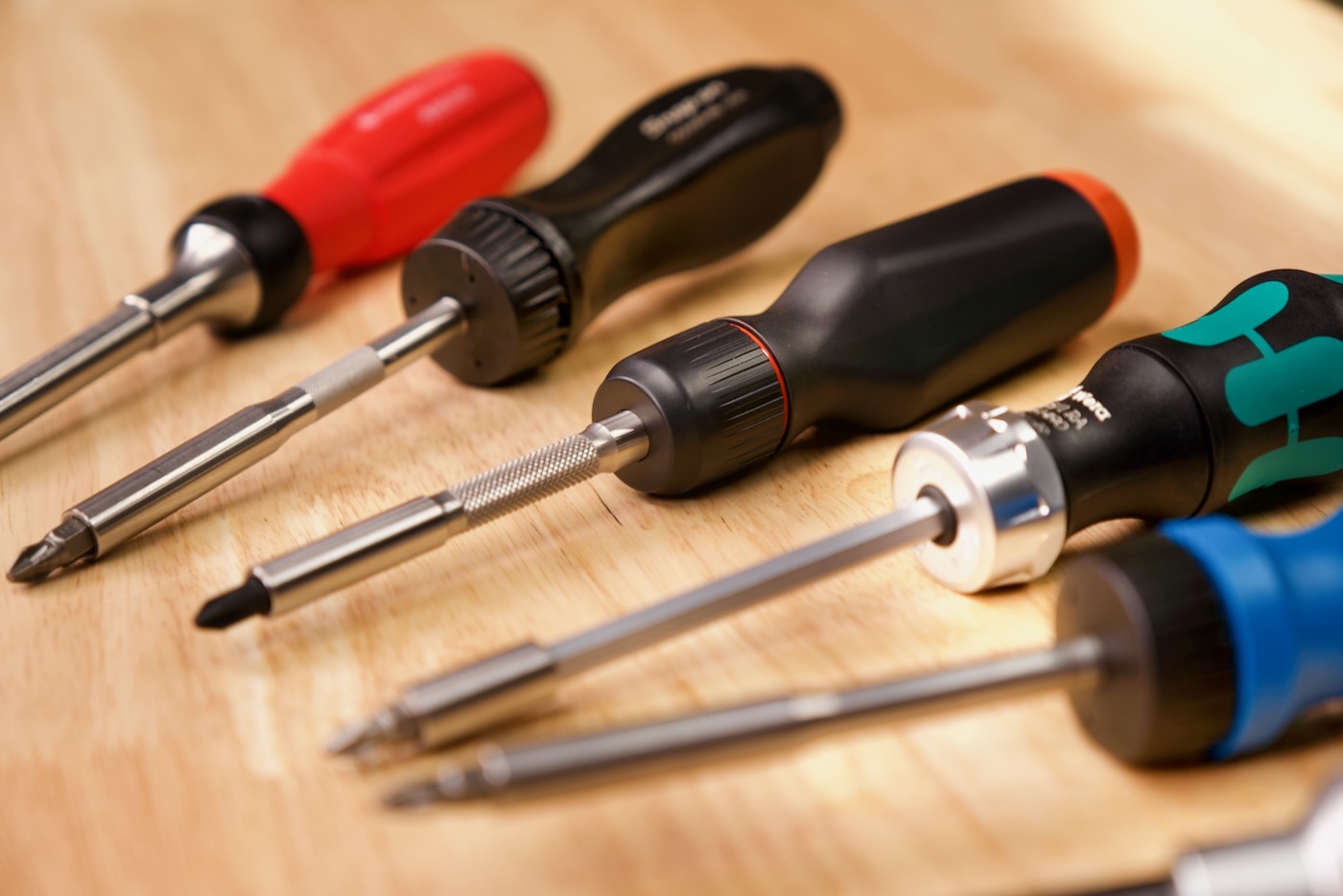
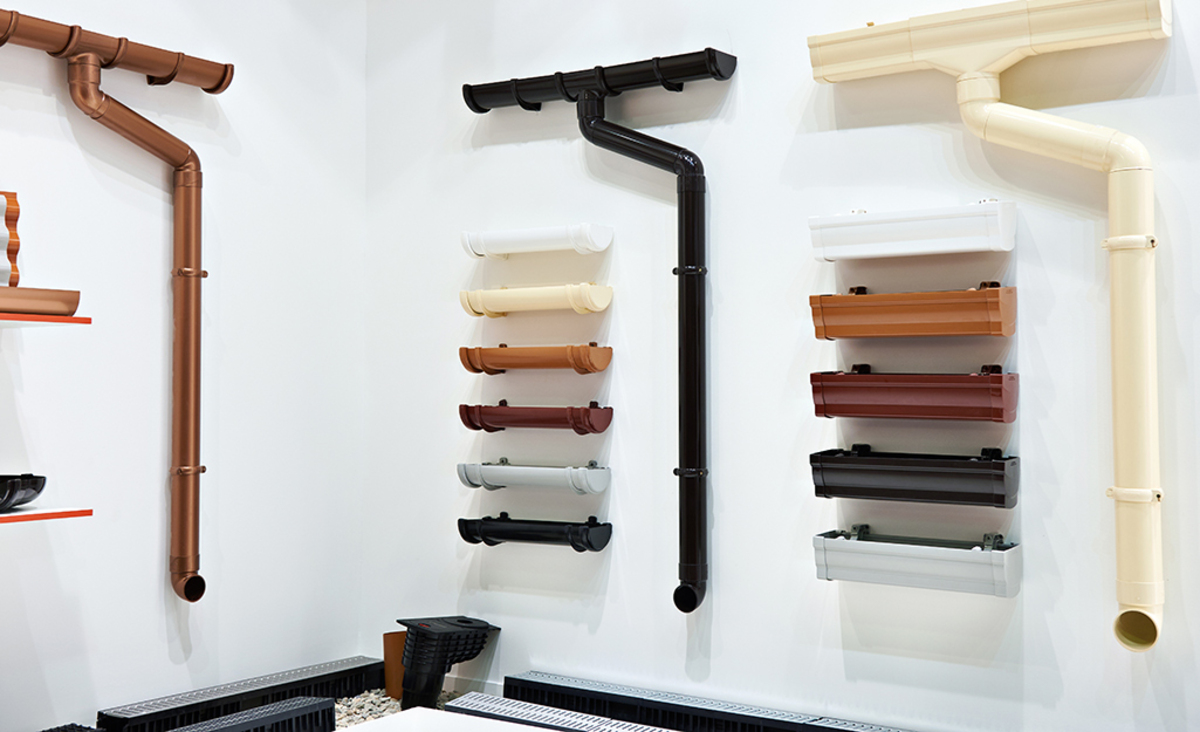
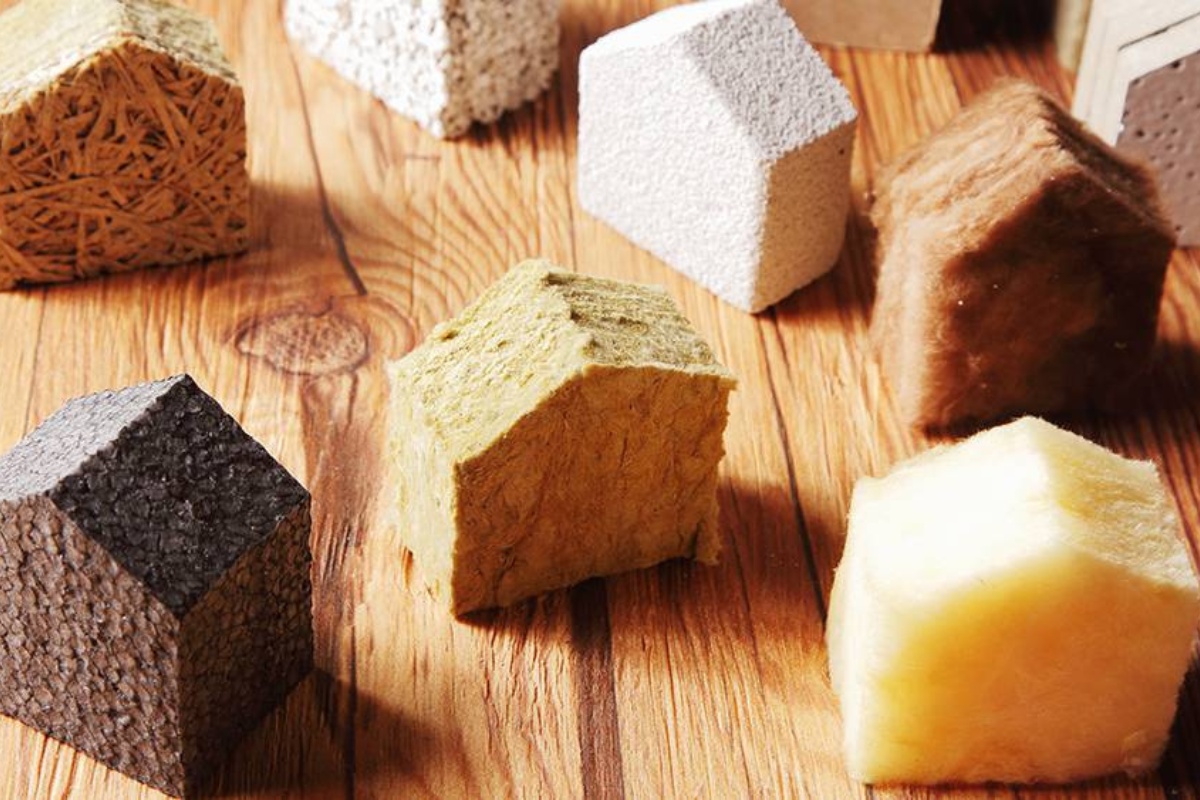
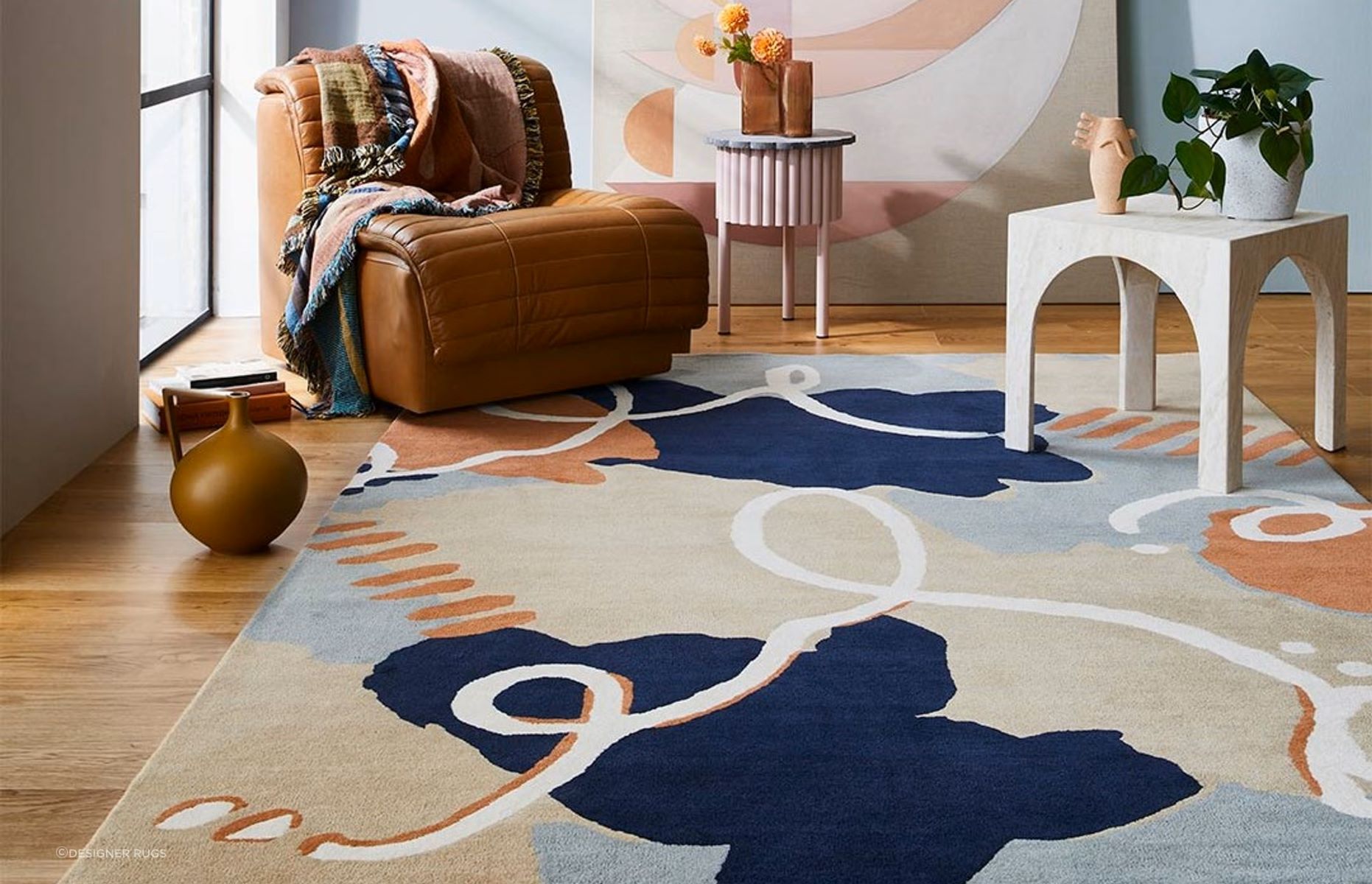
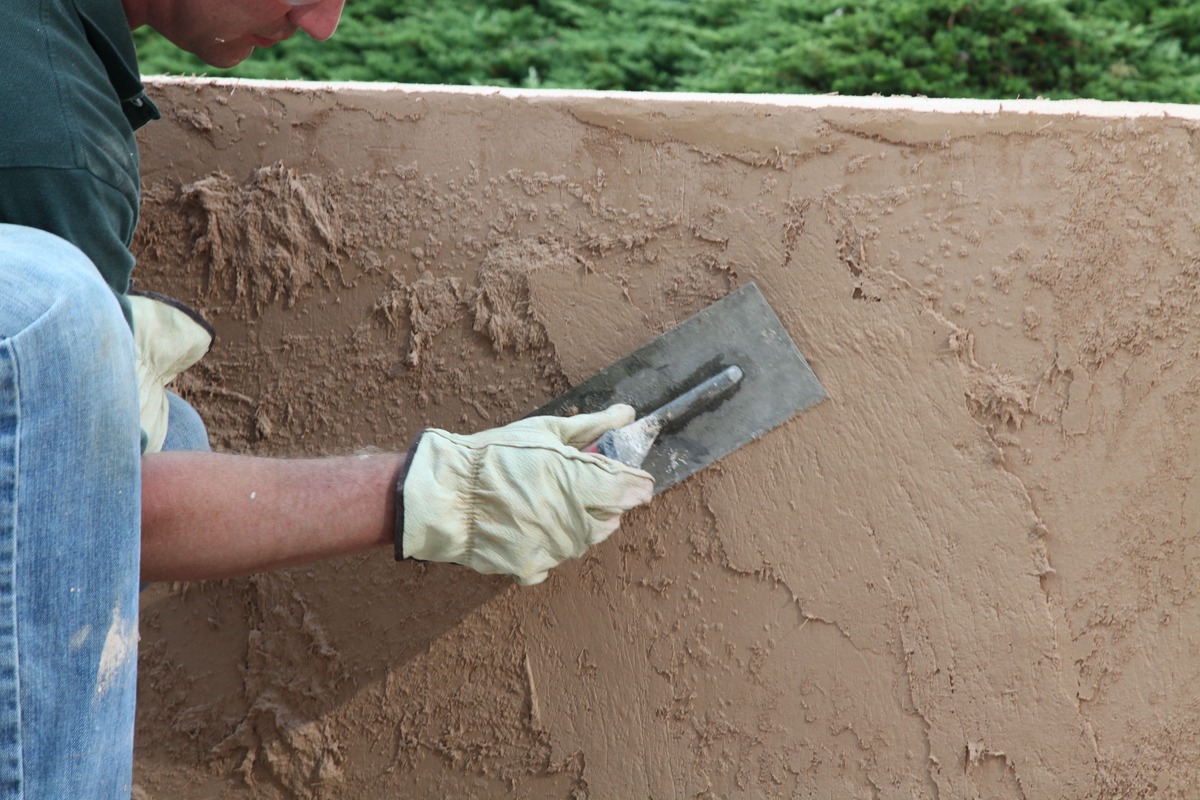
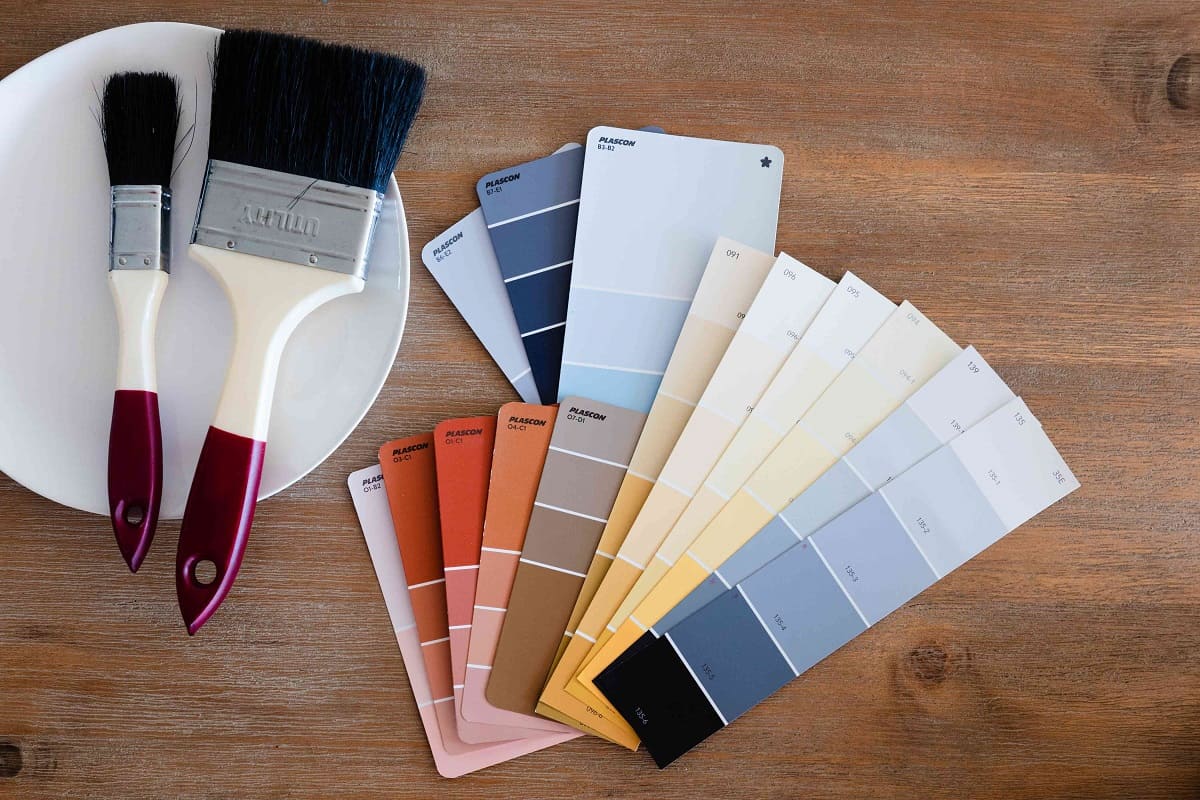
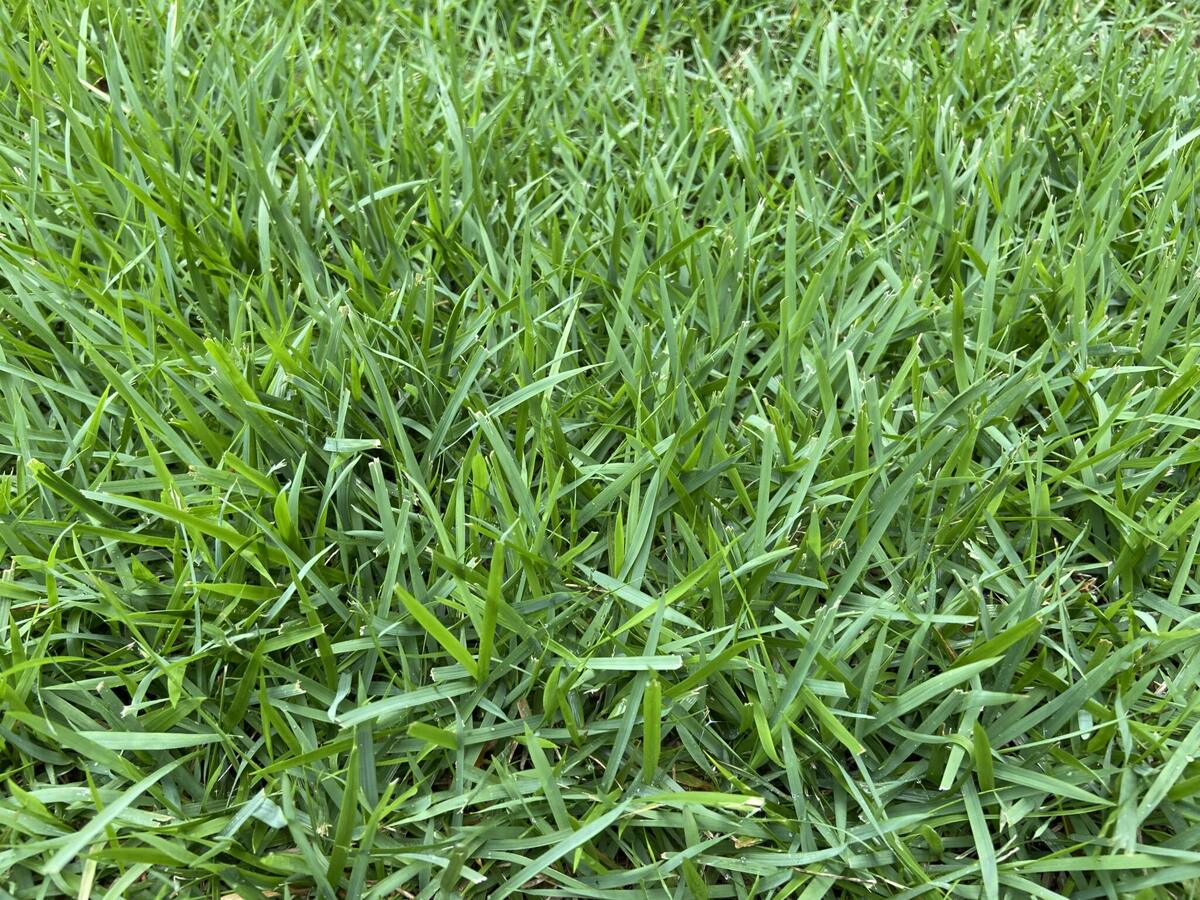
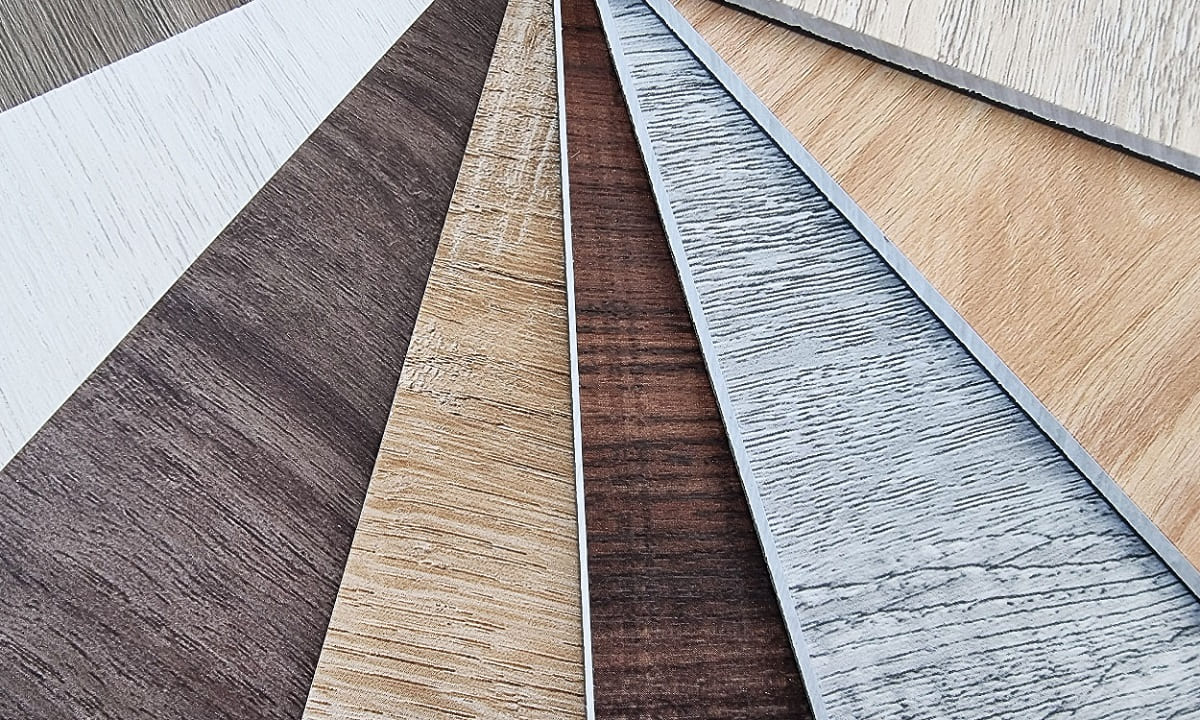
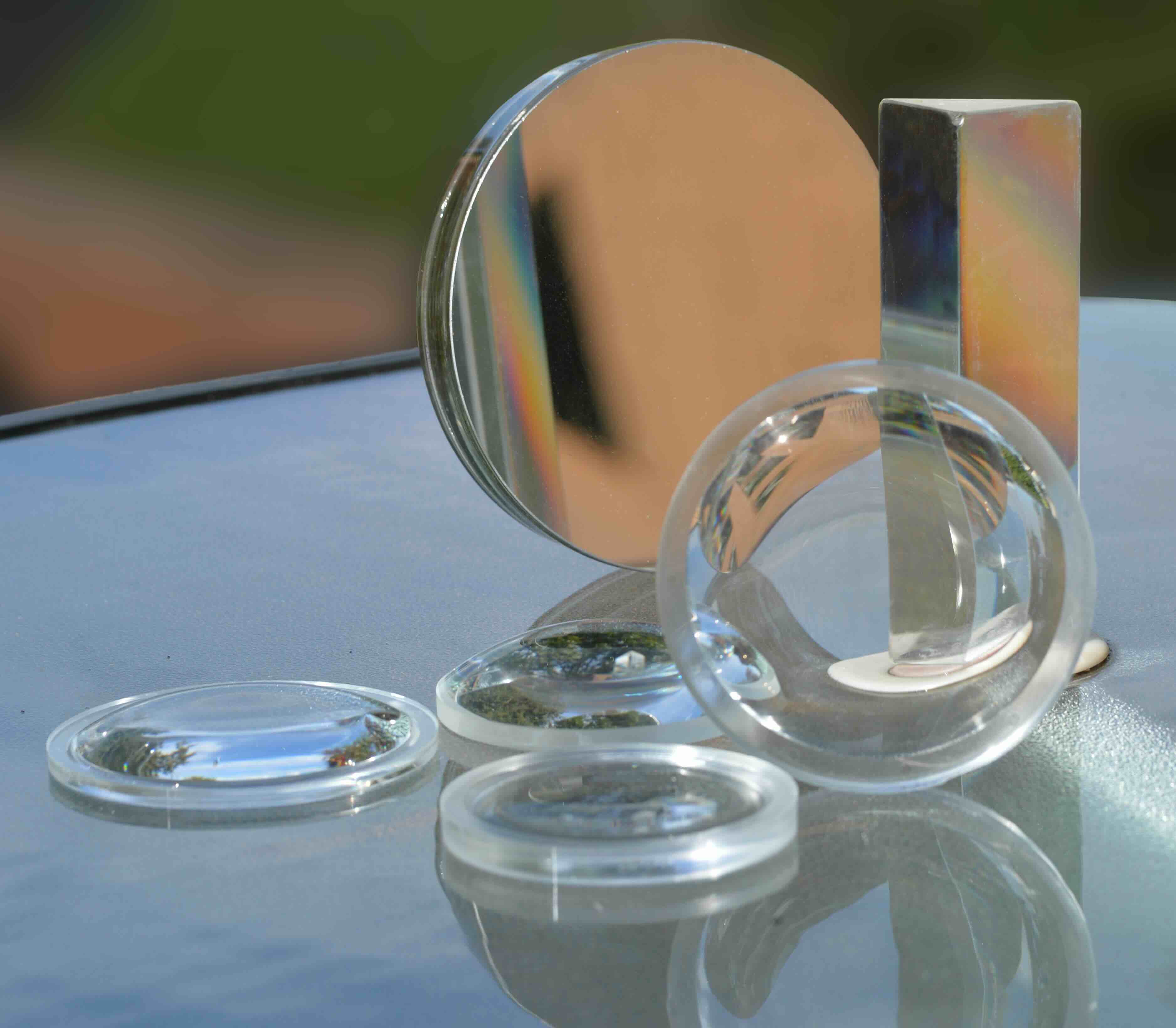
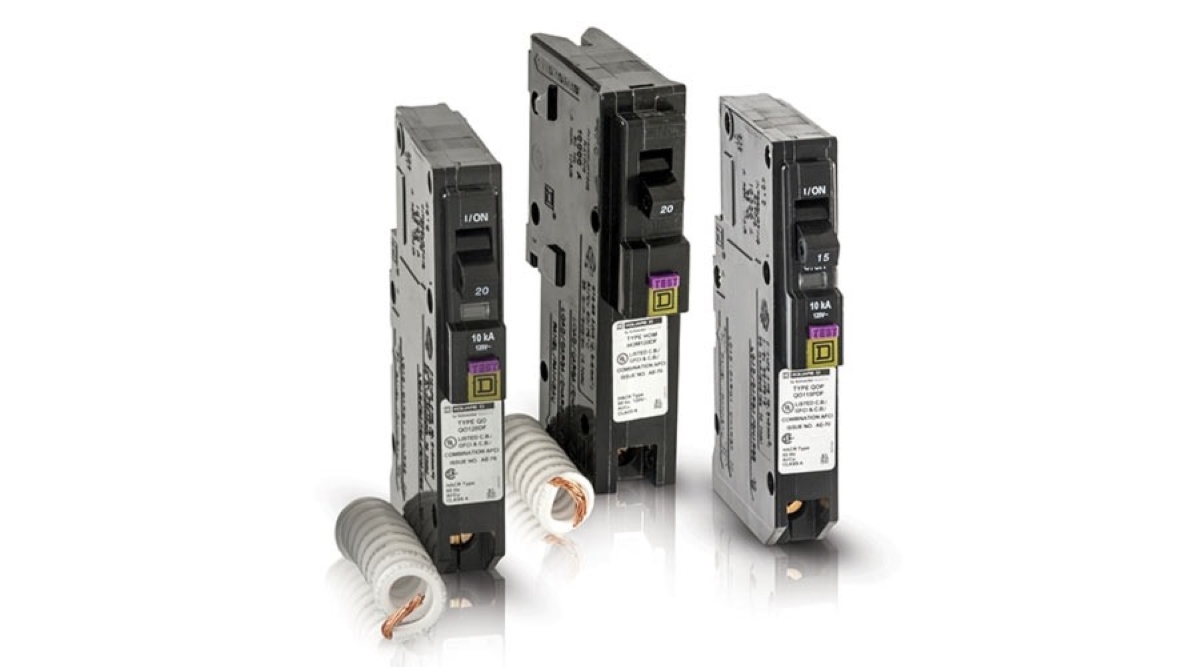

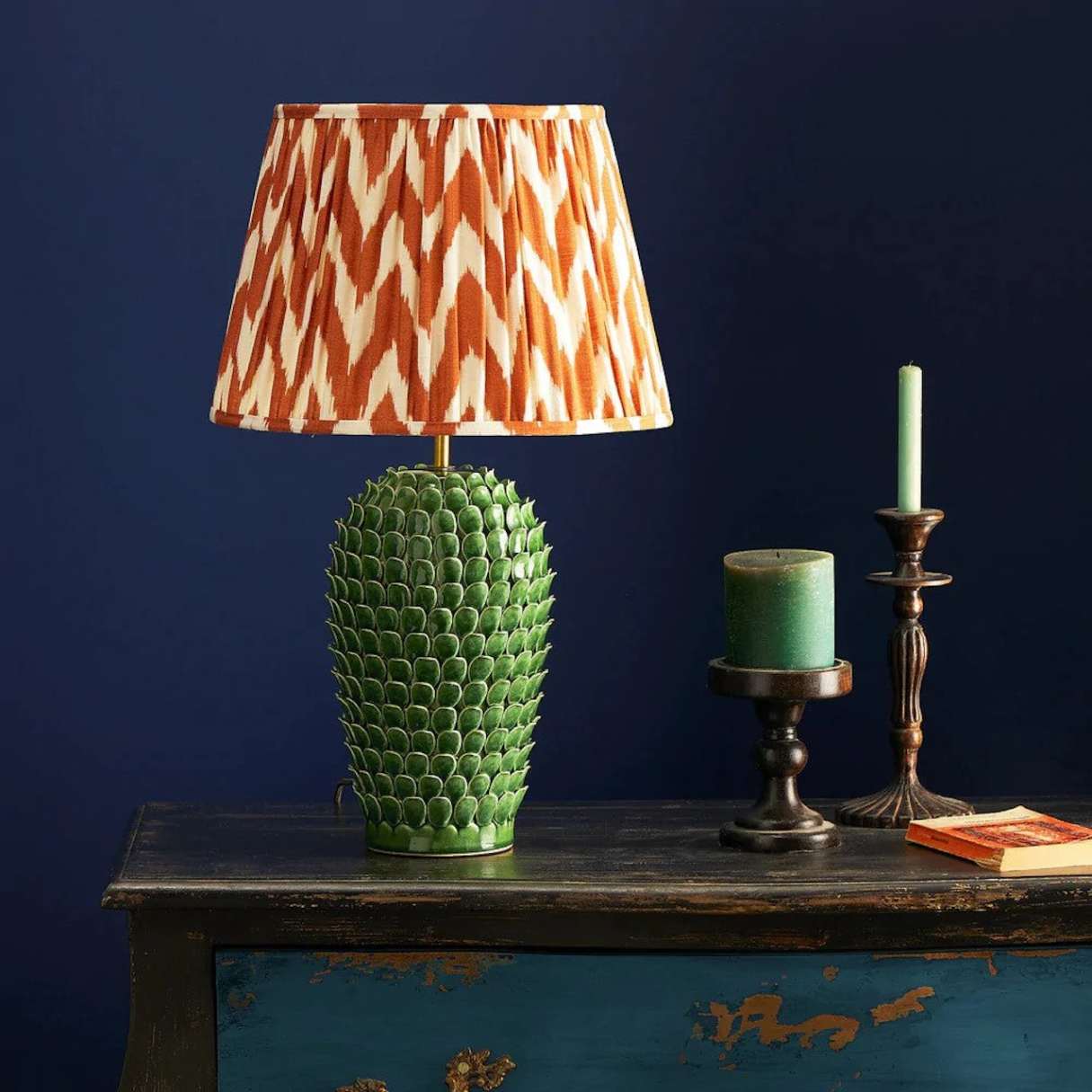
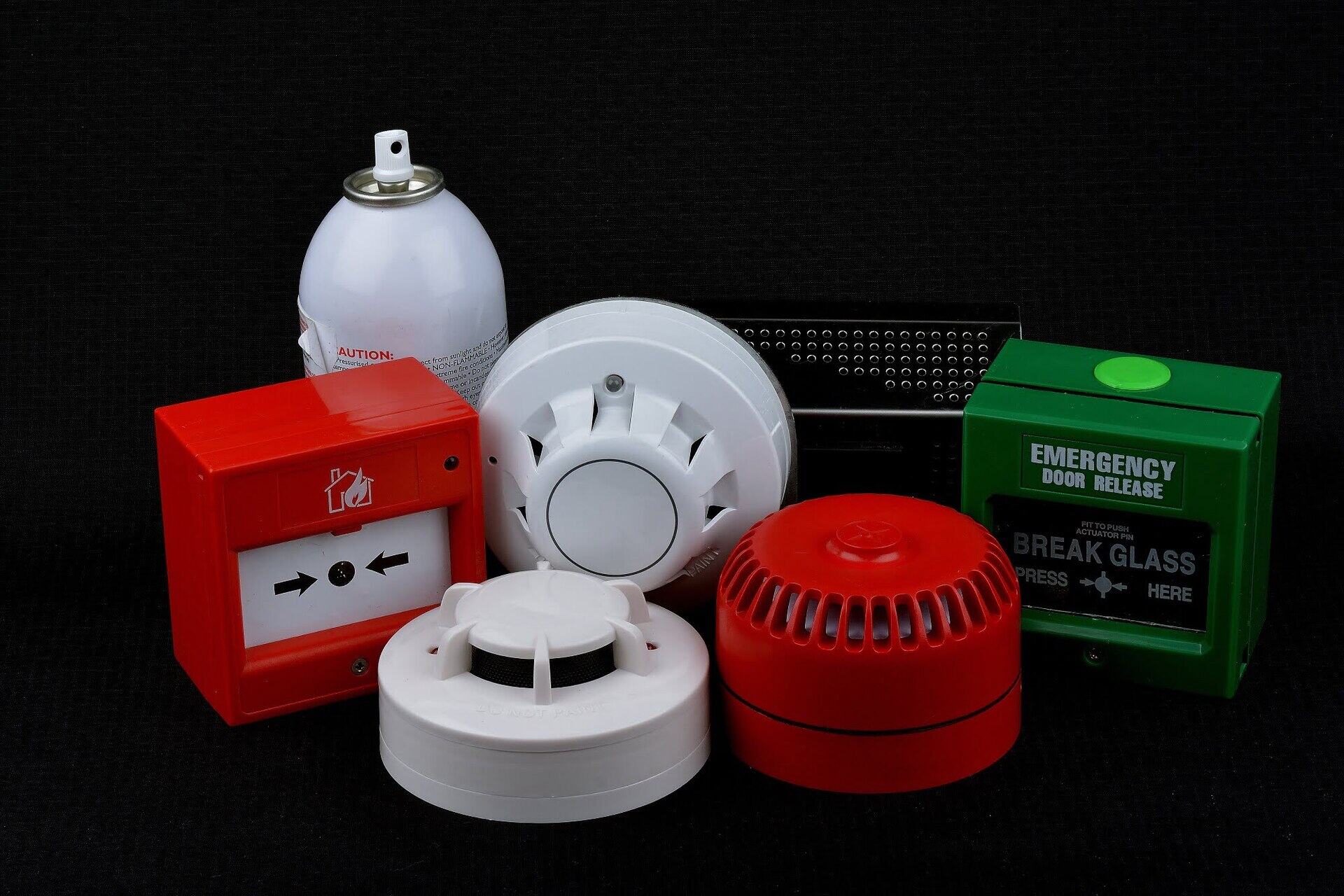

0 thoughts on “What Are The Different Types Of Stucco Finishes”